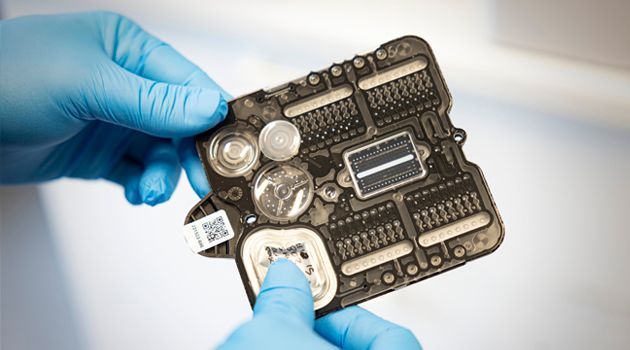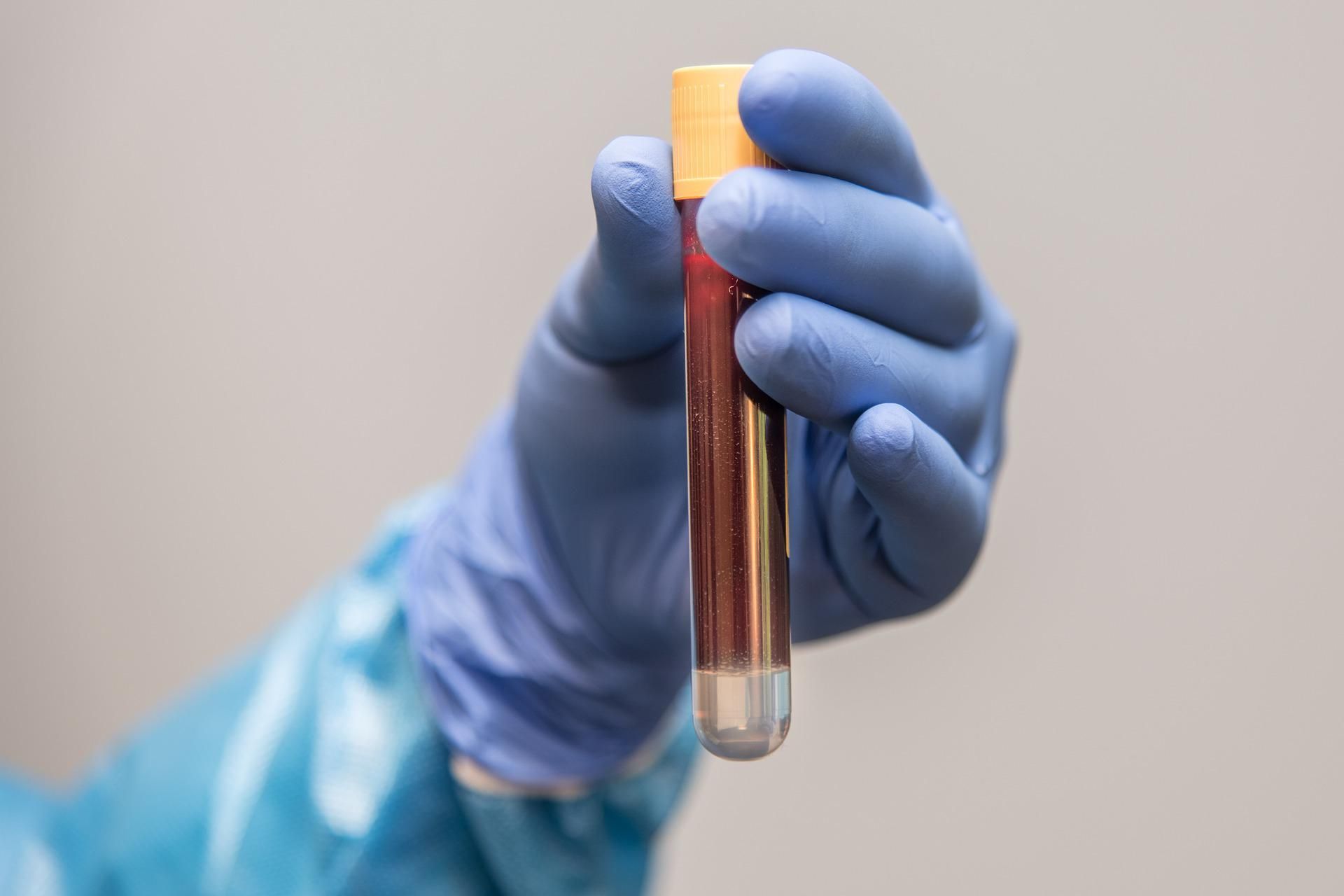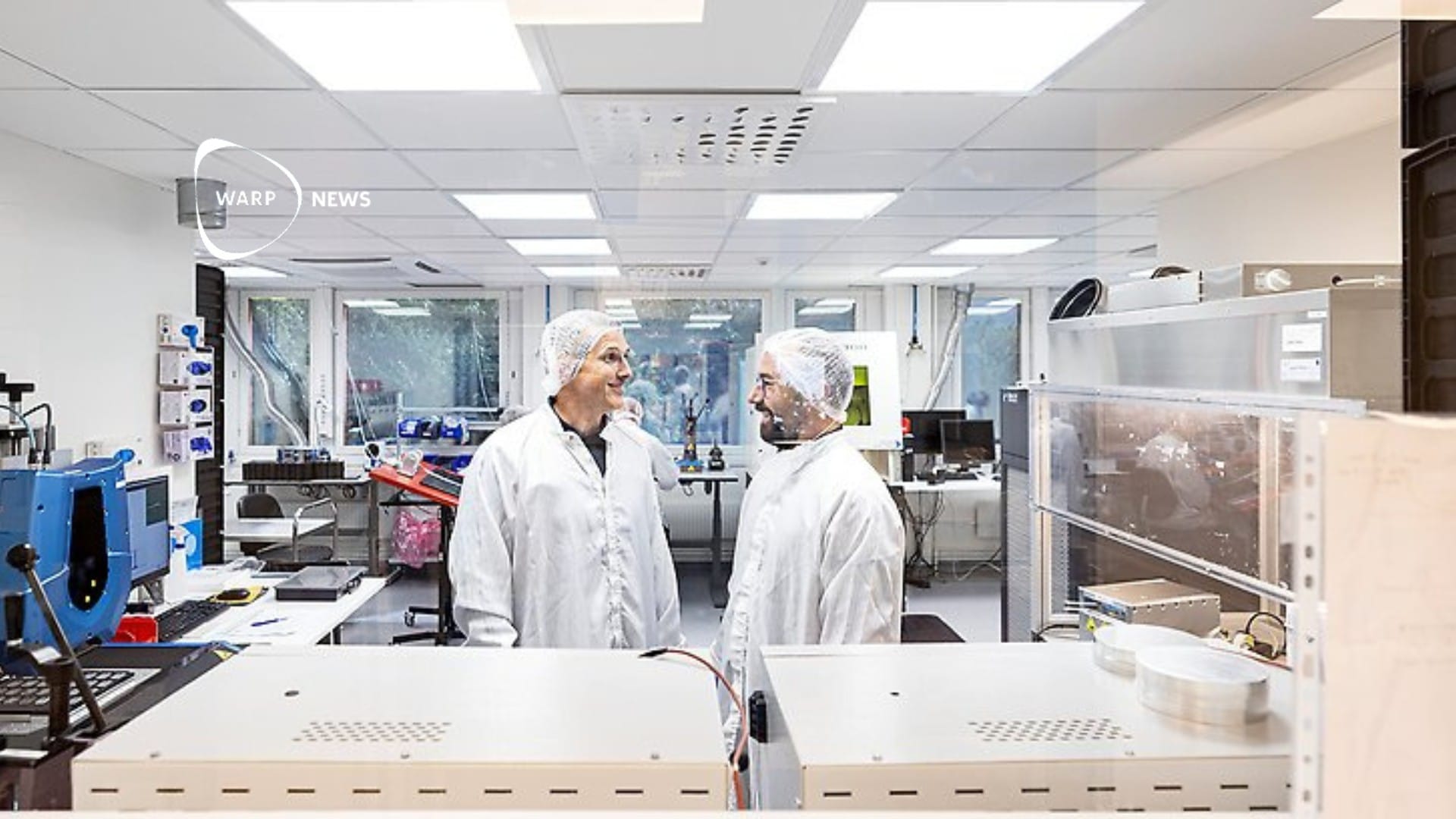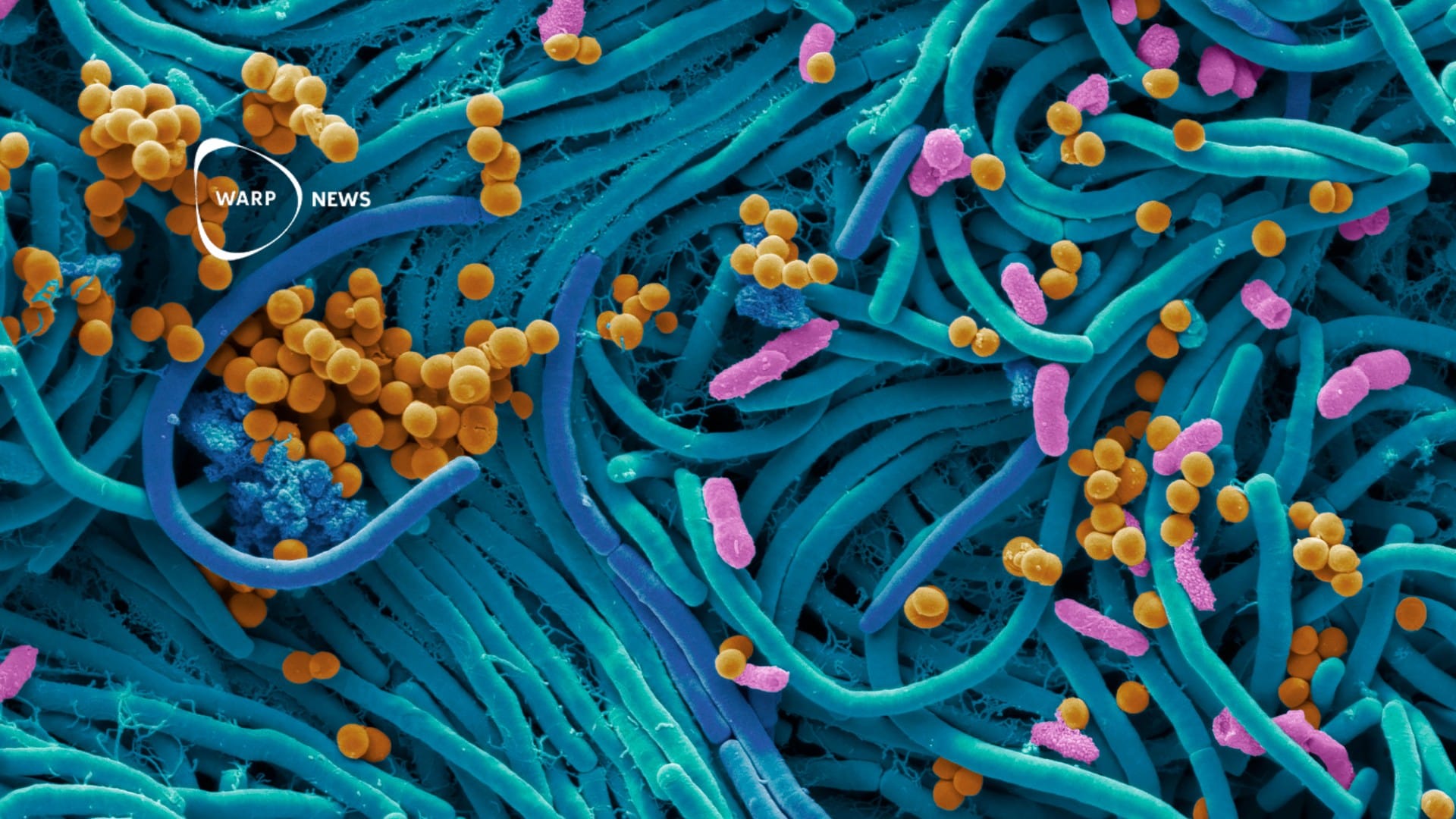
🧫 Faster analysis provides earlier treatment of urinary tract infection
A new test provides faster answers to which bacteria is causing a patient's urinary tract infection and may also lead to antibiotics that are no longer used being given new life.
Share this story!
A new test could drastically reduce the time it takes to find out which antibiotic works for a specific urinary tract infection. Today, it takes at least ten hours to analyze bacterial growth in a urine sample. With the new test, it only takes 30 minutes.
Because of the fact that getting answers to the test is faster, doctors can also start the right treatment more quickly.
"That is the advantage of our test. After your first doctor's visit, you receive the right treatment right away with a type of antibiotic that will work for your particular bacterial infection" says Özden Baltekin, researcher at Uppsala University, program manager at the company Sysmex Astrego and one of the researchers behind the test, in a press release.
It is researchers at Uppsala University and the company Sysmex Astrego who developed the new test, which consists of a cassette with a microfluidic chip that is loaded with different types of antibiotics. The urine sample is injected into the cassette, which is then inserted into an analysis tool that analyzes how the possible bacteria grow or are inhibited.
The method means that you do not need to grow cells, which takes time. The test instead analyzes individual cells and sees how they grow.
"Each cell division takes around thirty minutes and to be able to see a colony, at least 20 cell divisions are required. Instead, we look at each individual cell. If it has grown by more than 50 percent, we can see if it has grown or not. Then we look at an average of over a hundred individual bacterial cells" says Johan Elf, professor at Uppsala University and another of the researchers behind the method.
In addition to allowing patients to receive the correct antibiotics more quickly, it also provides the opportunity to use antibiotics that have been taken out of use because the resistance is too high, but to which this particular strain of bacteria is not resistant.
"The big advantage is that, with the help of our method, you can once again start using antibiotics to which there is high resistance for the patients where they work. In this way, we can also reduce the development of resistance" says Johan Elf.
The test has been approved and will now begin to be sold to healthcare.

By becoming a premium supporter, you help in the creation and sharing of fact-based optimistic news all over the world.



